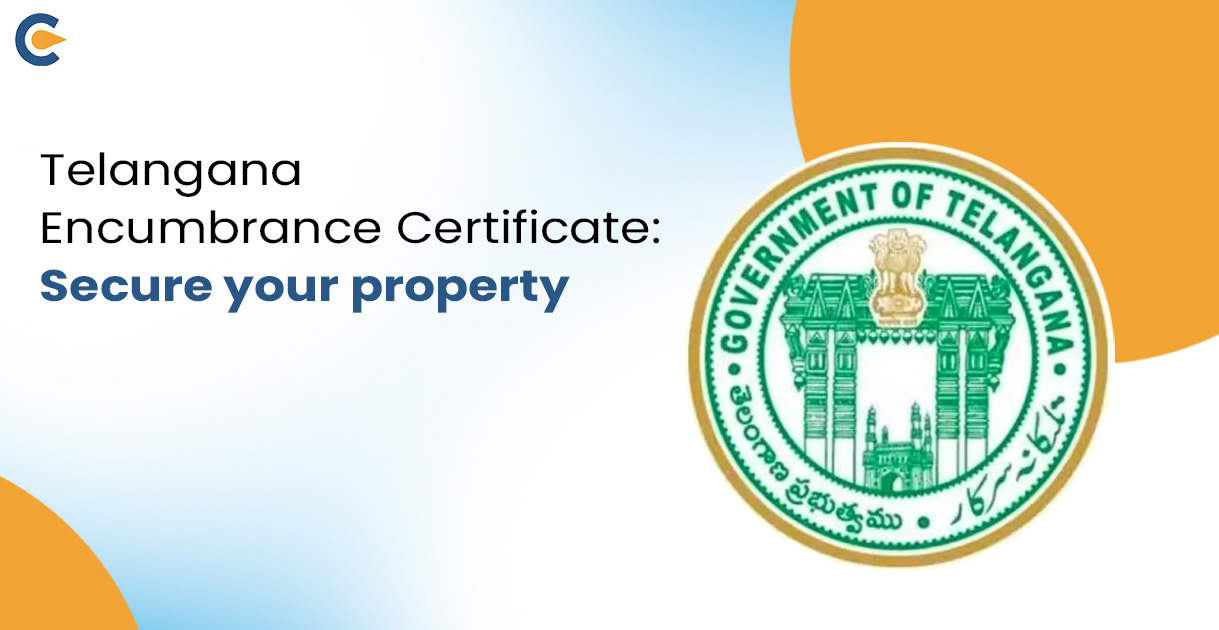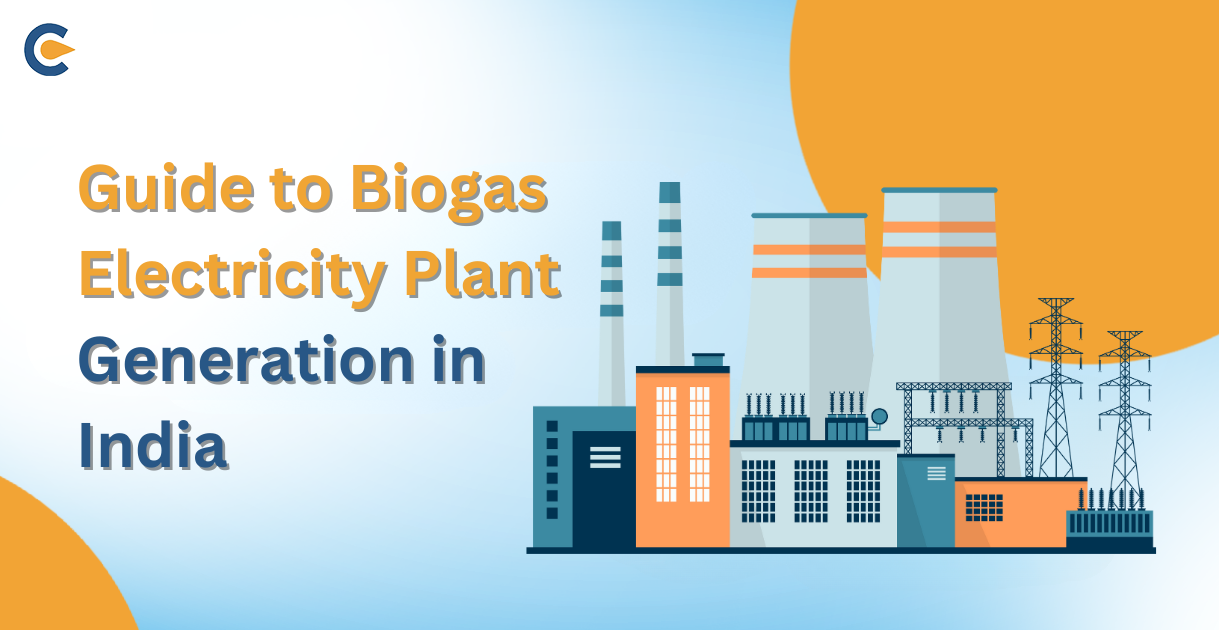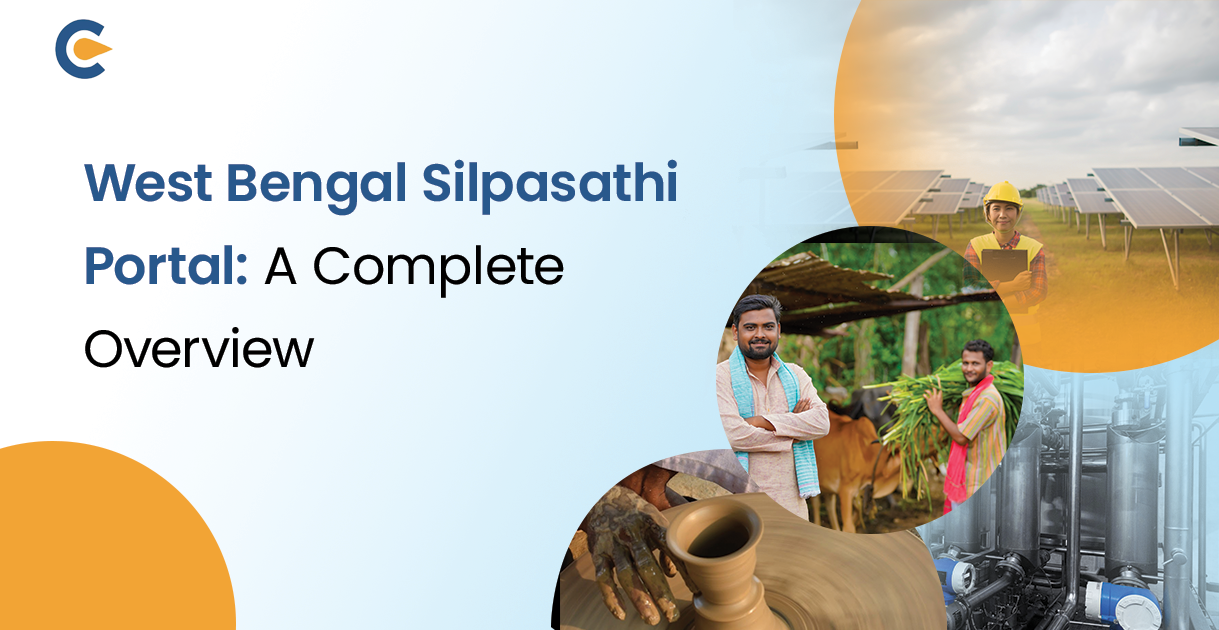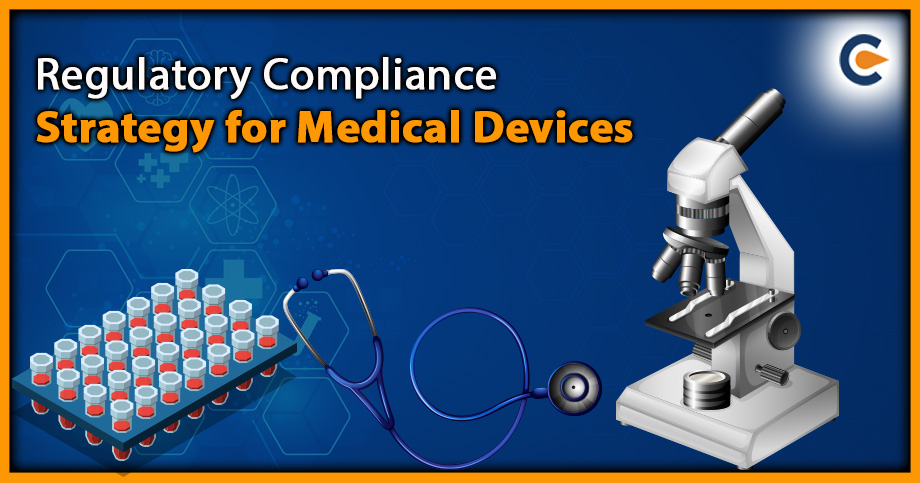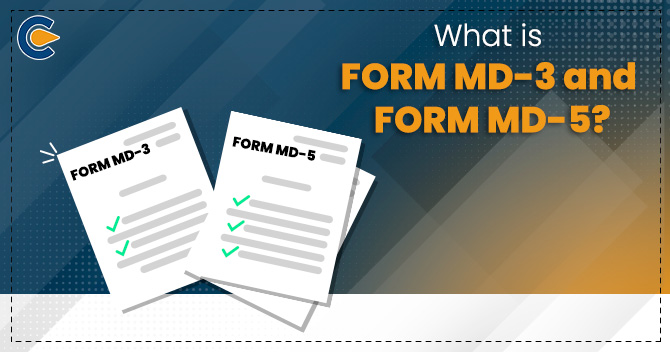The India approval process for medical devices has attracted a lot of attention. In recent years, the Indian medical regulatory system has gotten more intricate. In the past, there was no requirement for medical devices to receive any approval; this is no longer the case. There are around 30 devices “families” in India that specify which particular medical devices must be registered. Growing rules that businesses must contend with and get around come along with India’s expanding potential.
Manufacturers of specific medical devices must adhere to Indian medical device rules in order to market their products in India. With the release of the Medical Device Regulations in 2017, Indian authorities completely revised the India Approval Procedure for Medical Devices. Devices are governed by the Central Drugs Standard Control Organization (CDSCO), a division of the Ministry of Health and Family Welfare, under the laws that went into effect in January 2018.
With notable exceptions, international Med Tech companies’ participation has mostly been restricted to higher-end devices and capital equipment in India, despite the fact that they account for the majority of the market’s income. Only 15 “notified” categories, including syringes, needles, stents, and orthopedic implants, were previously covered by Indian rules because of the India Clearance Procedure for Medical Devices; the rest of the industry was mainly unregulated.
The rules that were published in 2017 said that more categories would eventually be notified, and by April 2021, there are 37 categories that have been notified. Nonetheless, players with unproven designs, scant or no quality control, difficult-to-track-down defects, and variable reliability could still operate freely in India outside of these “notified” device categories. Due to this dynamic, even domestic Indian businesses with high standards have been forced to turn to foreign markets in order to remain profitable while dealing with East Asian and local low-end competitors’ need to reduce costs. In this blog, we will discuss detailed India Approval Process.
India Approval Process – Detailed
Following is the step-by-step India Approval process:
- Step 1
The Drug Controller General of India[1] (DCGI) oversees medical devices and IVDs as part of the Ministry of Health and Family Welfare’s Central Drugs Standard Control Organization (CDSCO). The Medical Device Regulations from 2017 serve as the foundation for the regulatory framework for medical devices. In India, only a small number of IVDs and medical devices need to be registered. The CDSCO’s Announcement on the classification of medical devices and IVDs has a comprehensive list. This list is not all-inclusive. The Pharmaceuticals and Cosmetics Regulations, the Medical Device Rules 2017, and subsequent Gazette Notices, which should be studied before making a final decision on a device’s regulatory status, are the only lists of regulated devices that CDSCO maintains.
- Step 2
The next step of India Approval process is to choose a representative who is authorized to deal with the CDSCO on your behalf. To handle your registration and device importation in India, your Agent must be given Power of Attorney and possess a current wholesale license (Forms 20B and 21B/21C).
- Step 3
In-country performance testing for Class B, C, and D IVDs must be conducted by the National Institute of Biological (NIB) or another recognized facility. Performance testing is required for Class D IVDs through the National Institute of Biological Sciences (NIB). Class B and C IVDs must undergo performance testing at an Indian lab that is accredited, though CDSCO may accept pre-existing findings for these items with regulatory market permission.
- Step 4
Compile the device application (Form MD-14), which should include details about the manufacturing facility, the technical specifications of the device, the ISO 13485 certificate, the IFU, testing results, clinical data, proof of approval in the US, EU, and Australia, Canada, or Japan, and proof of approval in your home country (satisfied by CFS/CFG).
- Step 5
Submit a registration/import license application to the CDSCO and pay the associated fees. Every piece of paperwork needs to be in English.
- Step 6
After reviewing submissions, the CDSCO could ask for a technical presentation. A formal Technical Presentation is required for about 25% of applications. The Technical Presentation is a face-to-face discussion of the product with the CDSCO. Along with the India Authorized Agent, a manufacturer representative (such as an engineer) is anticipated to attend this conference.
New devices will also be reviewed by the SEC (Subject Expert Committee). Devices with new technology, materials, or planned uses for the Indian market may have to overcome additional regulatory obstacles. Prior to receiving regulatory clearance, CDSCO may require clinical trials to be completed in India, or the organization may grant restricted approval. A condition of restricted approval could be that post-market data be actively gathered and submitted. Local clinicians and other professionals will discuss the appropriateness of the current clinical evidence at the SEC meeting.
- Step 7
The CDSCO issues a Form MD-15 Import License. In India, the procedures for acquiring device registration and import license were integrated once the Medical Device Regulations, 2017, went into effect. As a result, the CDSCO does not issue Registration Certificates under the Medical Device Regulations; rather, it issues Import Licenses, which are market authorizations for foreign products (Form MD-15).
Although the License is perpetual, license retention costs are payable every five years.
Step 8
After India approval process, products may only be imported by your India Authorized Agent. But, separate Authorized Agents can help you get several registrations for the same device.
This is a condensed description of the procedure. The CDSCO may decide to review your submission and ask for further documentation, which would extend the time to your approval.
Conclusion
In this game, the Indian government actively participates. For example, as part of the “Made in India” effort by India Clearance Process for Medical Devices, it is encouraging national and international businesses to assemble, produce, and even design products locally. Second, the Indian federal government has set price caps on a few products, including knee implants and stents. This will encourage local and international businesses to increase their domestic production. The global medical device sector is highly technologically advanced and innovative, transforming how healthcare is provided throughout the world. In India, however, it is not a quickly growing industry that is affecting and enhancing areas like diagnosis, treatment, and delivery. Understanding the India Approval Procedure for the Medical Devices sector will help to ensure that the nation is ready to take advantage of opportunities presented by medical technology to enhance national healthcare.






